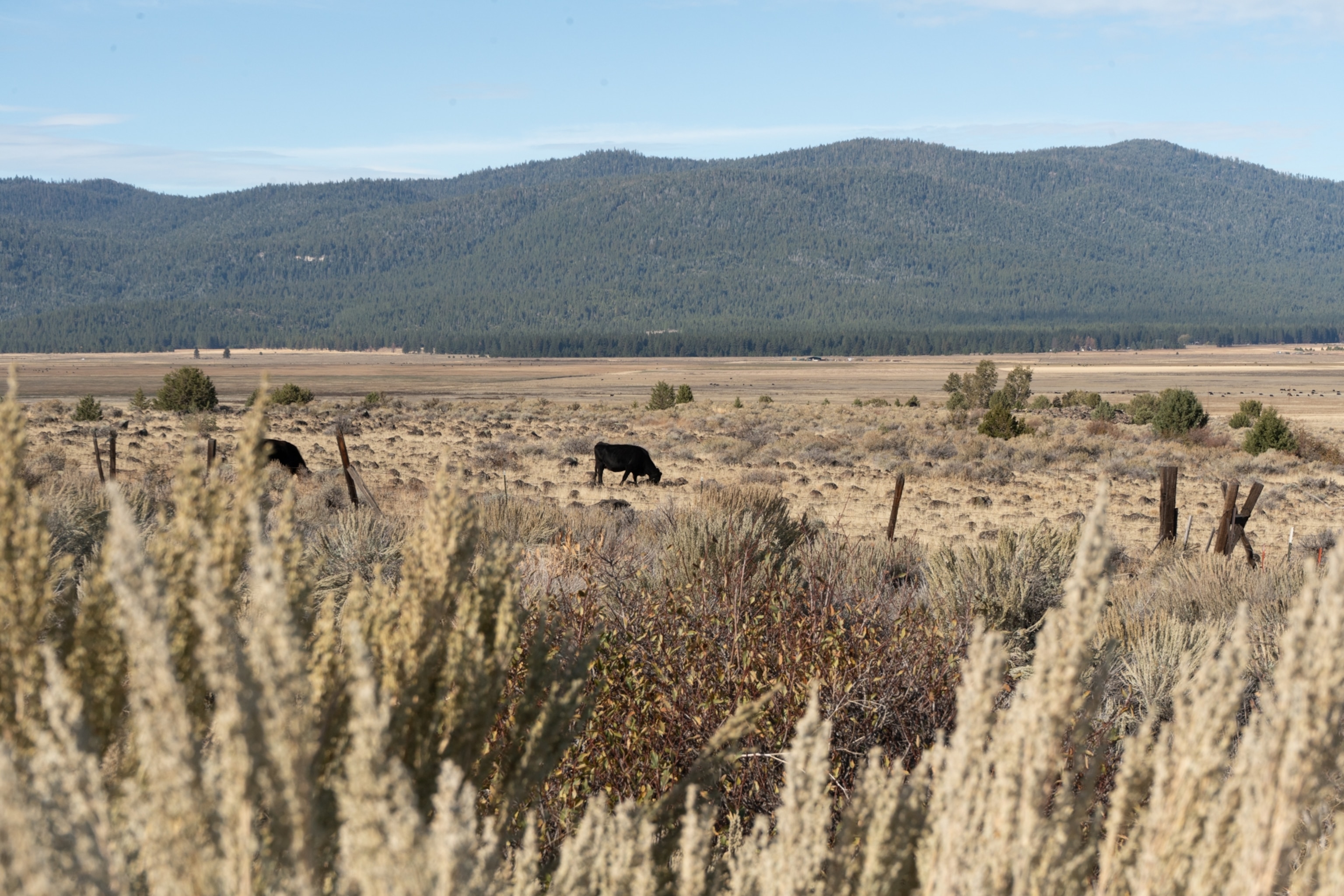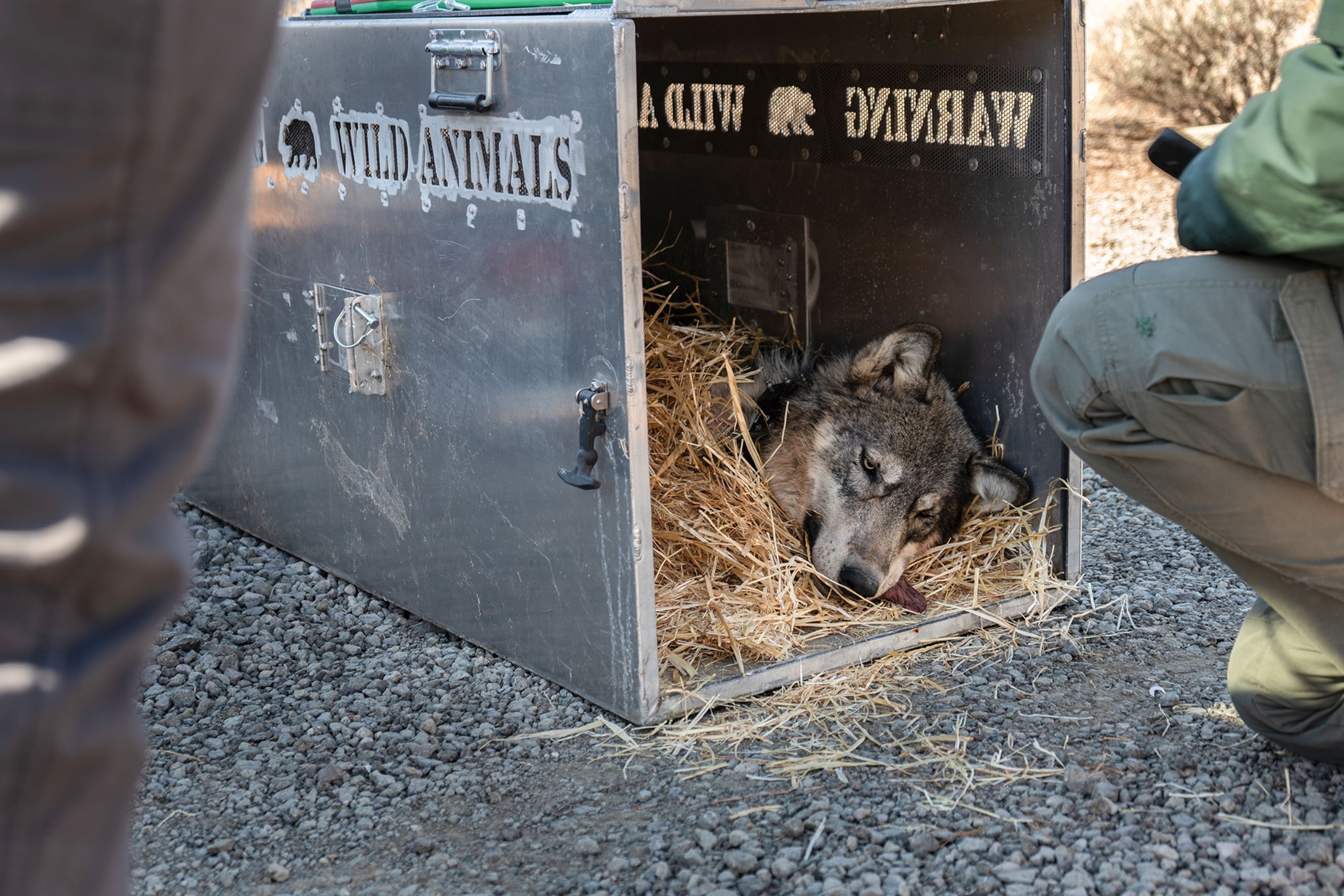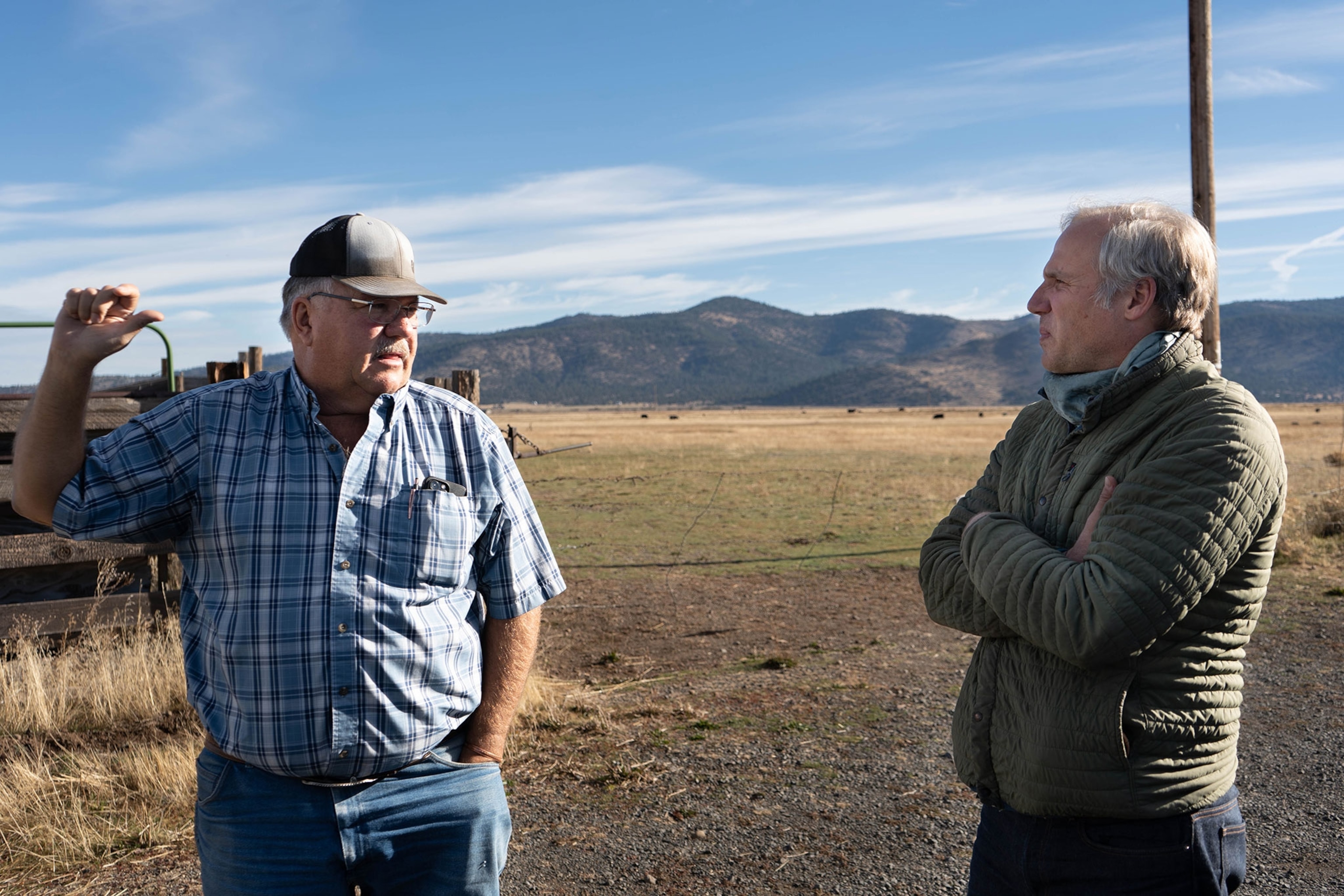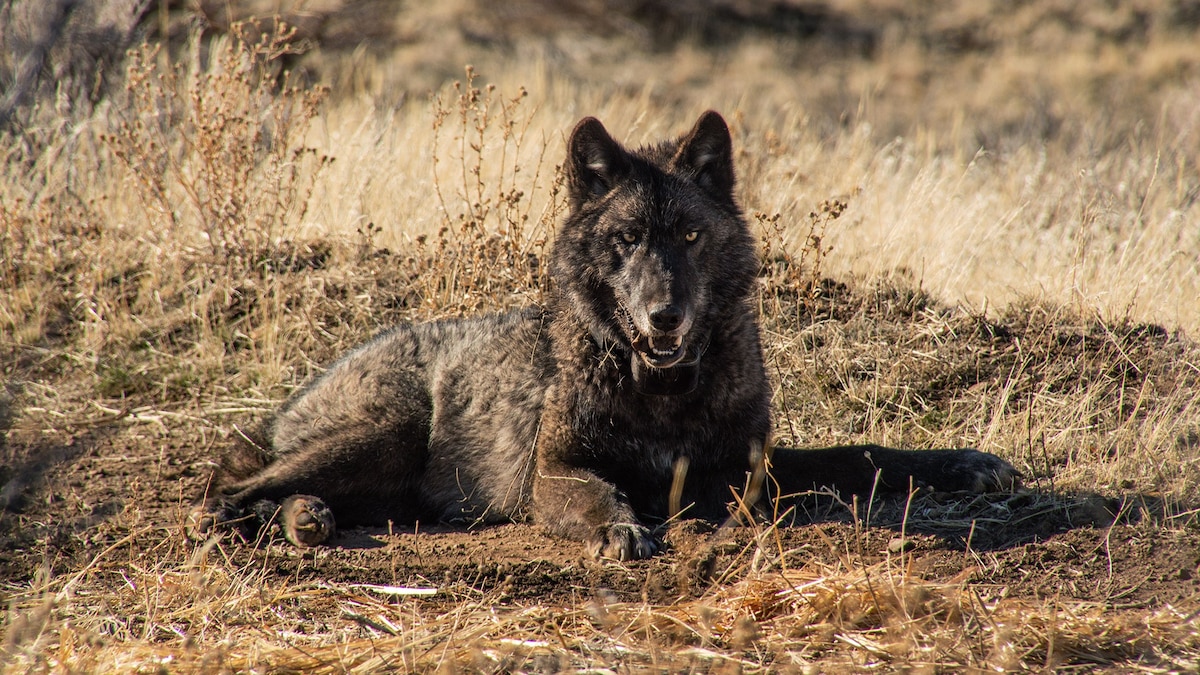(After returning to Yellowstone, wolves have helped stabilize the ecosystem)

Cattle operations in the Sierra Valley have recently been affected by the Beyem Seyo wolf pack, leading state wildlife officials to euthanize some animals and attempt to relocate others.
Malia Byrtus, National Geographic

A wolf from the Beyem Seyo pack is collared by the California Department of Fish and Wildlife in January 2025.
Malia Byrtus
The news comes just 14 years after the widely heralded return of wolves to the state, which now has a growing population of 50 individuals. Gray wolves, which are typically gray or black in color and average around 90 pounds for males, typically feed on large prey like elk, moose, or deer. As an endangered species, California wolves are protected by both state and federal laws. Yet after months of unsuccessful efforts to deter the Beyem Seyo wolves with non-lethal means—including hazing, drones, and 24-hour patrols—Bonham reluctantly concluded there was no other option. “This is pretty somber,” Bonham says. “But given the habituation of this Beyem Seyo pack, the scale of it, we think that jeopardized the long-term recovery effort.”
While other California packs have killed livestock on occasion, the Beyem Seyo pack seems to have been subsisting mainly on cattle rather than wild prey. According to National Geographic Explorer Arthur Middleton, it’s a behavior seldom seen in the 30 years since wolves returned to the American West, beginning with a celebrated reintroduction effort in Wyoming’s Yellowstone National Park in 1994. Part of the problem, explains Middleton, whose California Wolf Project tracks the state’s 10 packs and studies their prey habits, is that the Sierras do not provide the same kind of pristine wilderness found in the Greater Yellowstone area.

National Geographic Explorer Arthur Middleton with Sierra Valley rancher Paul Roen. Some ranchers have expressed skepticism about the future of co-existence with gray wolves.
Malia Byrtus, National Geographic
Northern California was colonized by descendants of wolves from the northern Rockies who wandered west into Oregon, and then eventually made their way across the border into the forests of the northern Sierra Nevada. They found a landscape that was very different from the one in which their ancestors thrived. The national forest that covers much of the Sierras has fewer deer and elk for wolves to prey upon than the wilderness areas of the northern Rockies. It also has more people, and, crucially, more cattle.
(The ‘most famous wolf in the world’ lived hard—and died tragically.)


